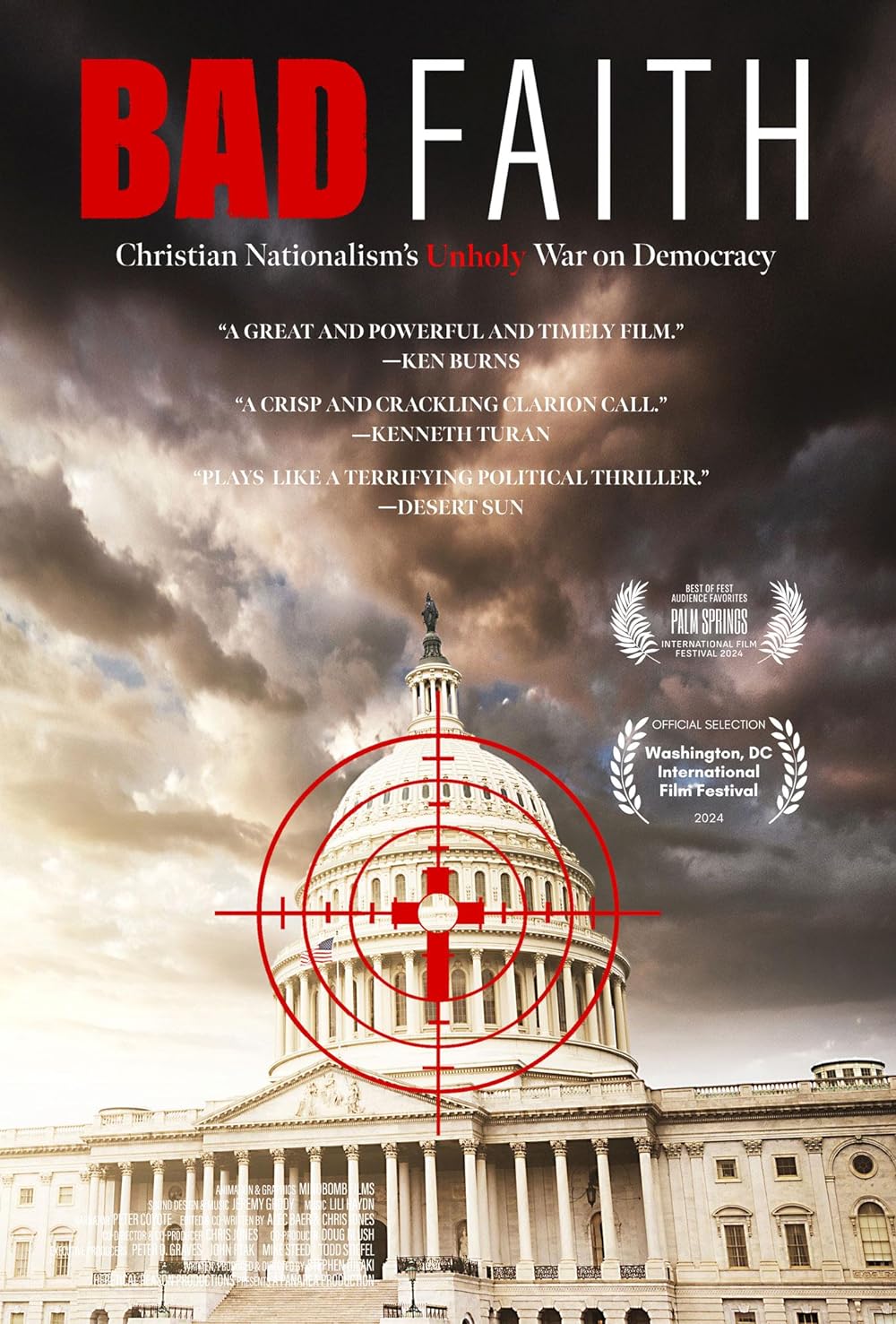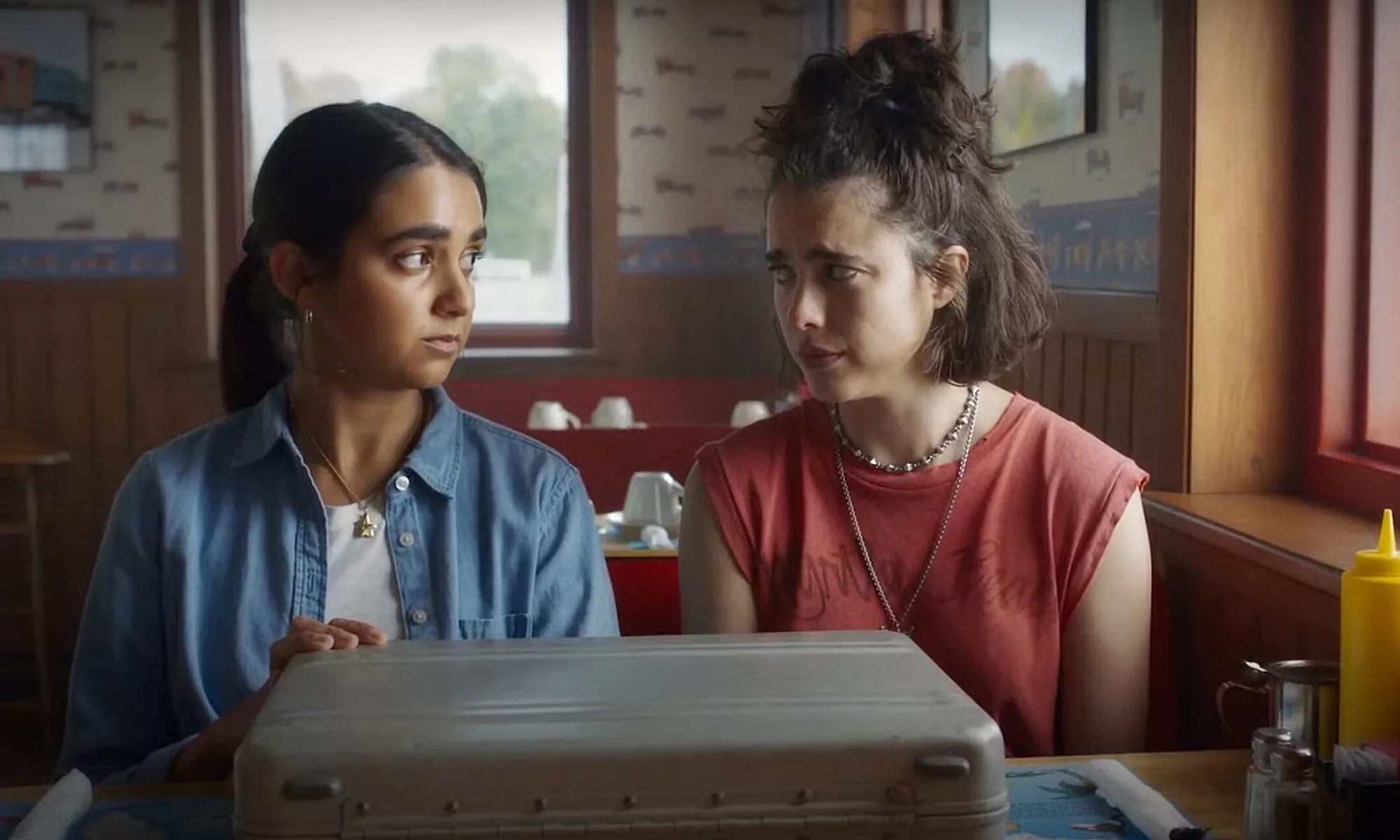We all love movies about underdog teams that come from behind because they (1) learn the importance of teamwork, (2) learn the importance of discipline and of respect for themselves and each other, (3) are galvanized by an inspiring leader, or, even better, (4) all of the above.
This movie, based on a true story, takes it a step further. Coach Ken Carter (Samuel L. Jackson), a star athlete himself in an inner-city California high school returns to coach the team. He insists that each member of the team sign a contract that includes wearing jacket and tie on game days, attending all classes and sitting in the front row in each one, and maintaining a higher grade point average than the minimum required for participation in sports. He wanted more for the young men than a winning season. Coach Carter wanted them to have a winning life, and that means that they had to have grades that would get them into college. In his view, student athletes were students first, athletes second.
This seems simple and straightforward enough unless you are a sports fan. Or unless you are the kind of person who calls himself a “realist” and thinks these kids are not worth trying to save. Their principal falls into that category. She figures that they are not going to graduate anyway, so the best she can do is give them one great experience they can hold onto for the rest of their lives. But Coach Carter wants more. And he wants them to want more.
He brings them together as a team, turning them from playas into players.
Many of the team members are struggling with other pressures, from a pregnant girlfriend (played by pop star Ashanti) to the money and excitement of street crime. Carter shows them that the biggest obstacle is their own fear of trying for more than they have. “Starting today, you will act like winners, play like winners, and, most of all, you will be winners.”
Some of the players drop out. They have no interest in school or rules. But some stay in, and the team begins to win. In most movies, there would be one setback as they lose to their cross-town rivals (the kids from the snooty school), and then they would pull themselves together for a rousing defeat of that same team for the state championship. But this movie is different.
On January 4, 1999, the players arrived at the gym to find it padlocked. Carter discovered that they were not living up to their contracts. While a few were attending class and meeting or exceeding the required grade point average, most were not. And Carter would not let them play until all of them were caught up with their schoolwork and made good on all of their promises.
The response by the school and the parents was outrage. Carter was threatened and a brick was thrown through his store window. It became a national news story and the focus of debate.
For Carter, this was not about a winning season. It was about a winning life. He wanted his team to qualify for college scholarships. And he wanted them to learn discipline, teamwork, and self-respect.
Jackson is terrific, as always, and his talent to mesmerize an audience makes him a great choice to play a coach who can give hope to people who gave up a long time ago. Just the way he says, “Sir,” insisting and inspiring his team to call him “Sir” as well, tells you everything about his character and his relationship to the players. The young cast members are more sure of themselves shooting hoops than they are showing emotion, but Jackson holds the screen so well that he gives them extra focus and presence.
Parents should know that the film has some mature material for a PG-13, including an out of wedlock teen pregnancy and a discussion of abortion. There is some strong language, but the movie includes a very worthwhile discussion of the n-word and whether it is appropriate for African-Americans to use a word that would make them angry if used by a white person. The film is frank about the kinds of violence inner-city neighborhoods are subjected to, including shooting. A character is killed. There is some material relating to drug-dealing.
Families who see this film should talk about the movie’s focus on the use of language and dress to show respect. They might want to learn about the real Coach Carter, who was honored by being asked to carry the Olympic flame. Why did Carter’s son want to transfer? All families should talk about the passage quoted from Marianne Williamson (often incorrectly attributed to Nelson Mandela): “Our deepest fear is not that we are inadequate. Our deepest fear is that we are powerful beyond measure. It is our light, not our darkness that most frightens us. We ask ourselves, Who am I to be brilliant, gorgeous, talented, fabulous? Actually, who are you not to be? You are a child of God. Your playing small does not serve the world. There is nothing enlightened about shrinking so that other people won’t feel insecure around you. We are all meant to shine, as children do. We were born to make manifest the glory of God that is within us. It is not just in some of us; it is in everyone. And as we let our own light shine, we unconsciously give other people permission to do the same. As we are liberated from our own fear, our presence automatically liberates others.”
Families who enjoy this film will also enjoy other movies about inspirational teachers, from To Sir with Love and Up the Down Staircase to Hoosiers, Lean on Me and Stand and Deliver, and other movies about high school sports teams like Remember the Titans and Friday Night Lights. And every family should watch the brilliant documentary, Hoop Dreams, the story of two high school students from the poorest neighborhood whose skill on the basketball court leads to new opportunities and tough choices.






